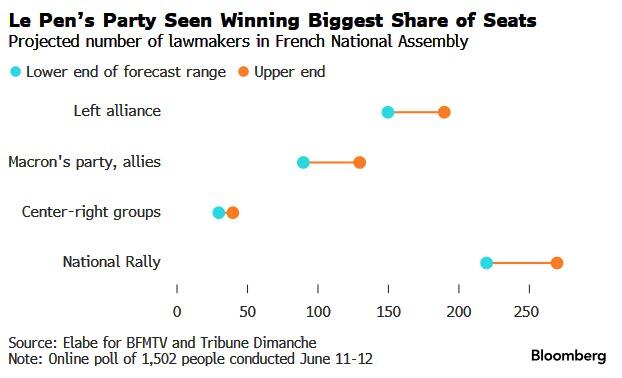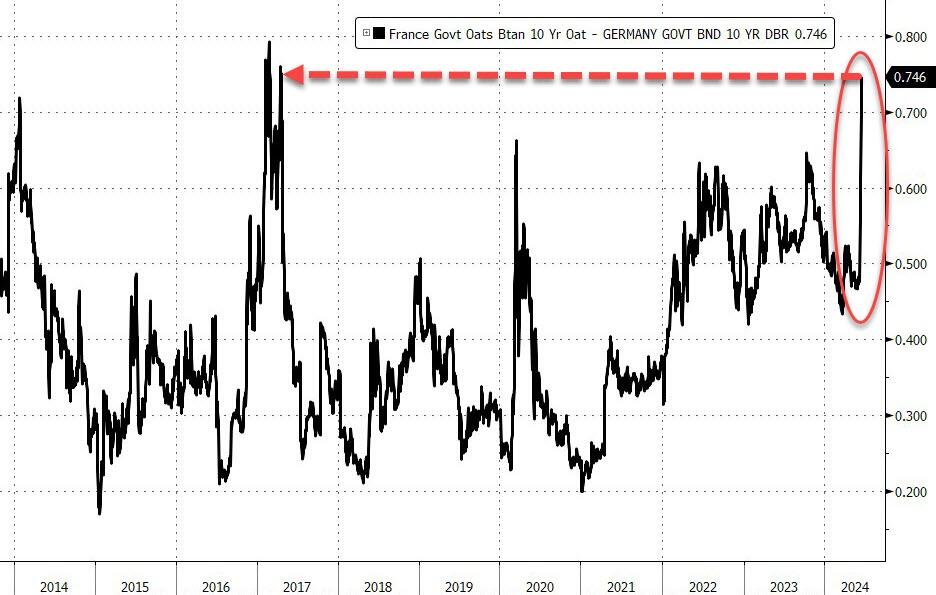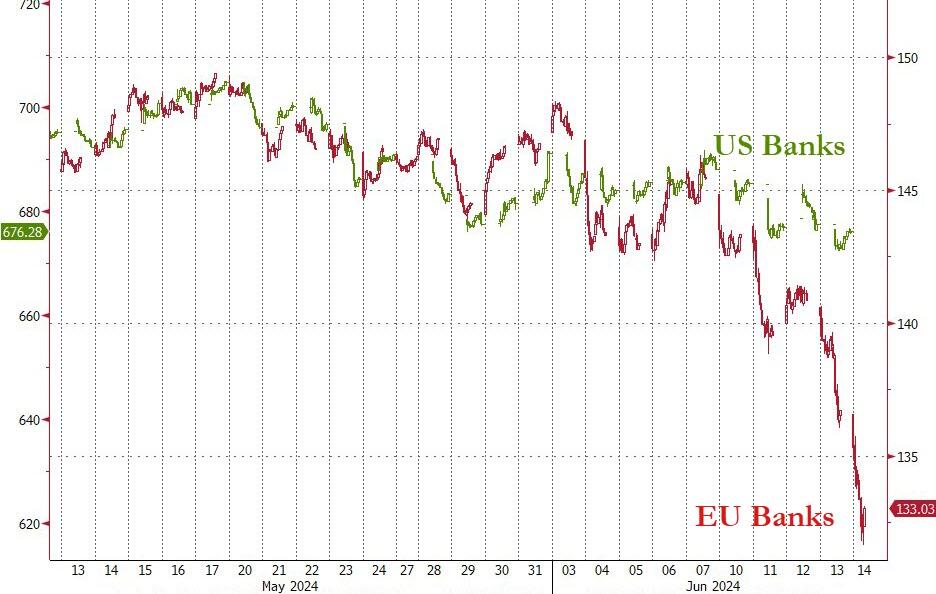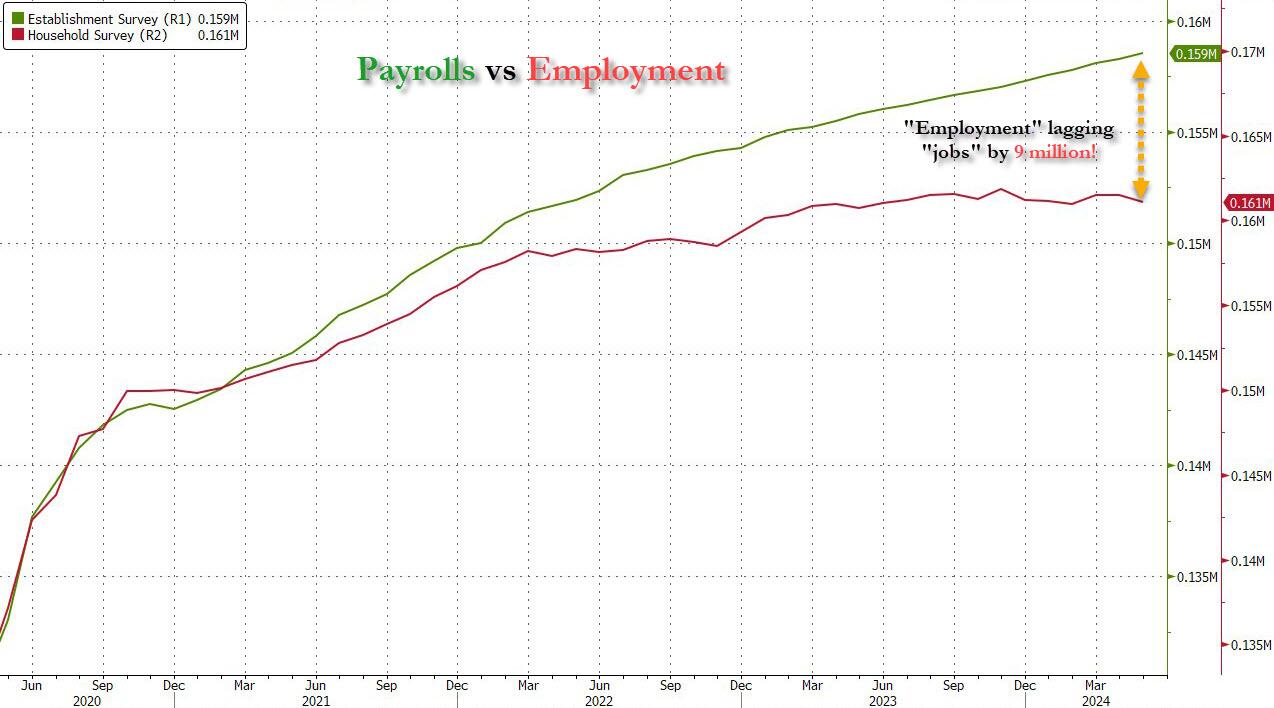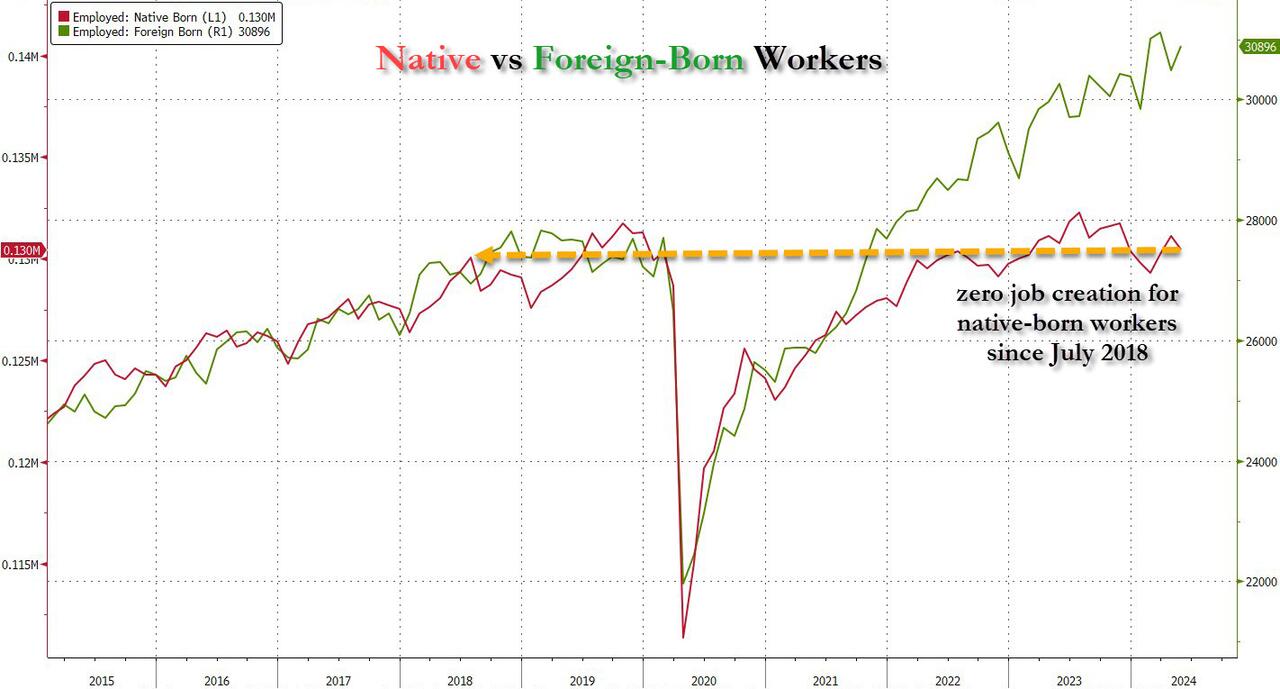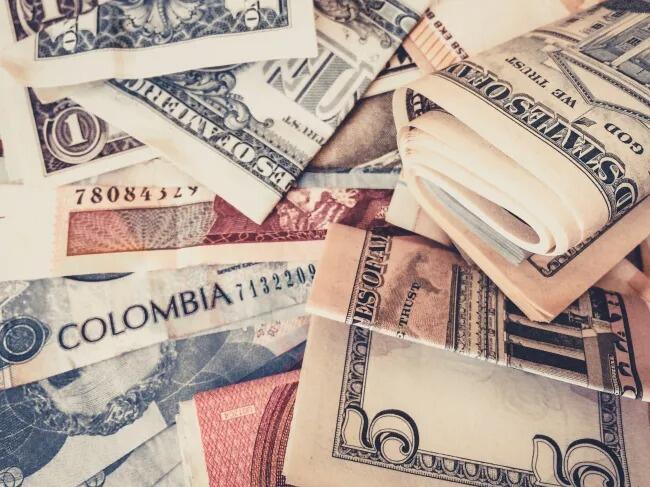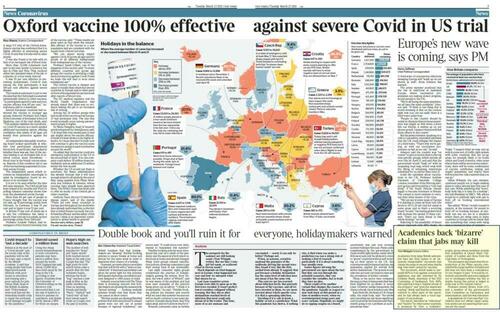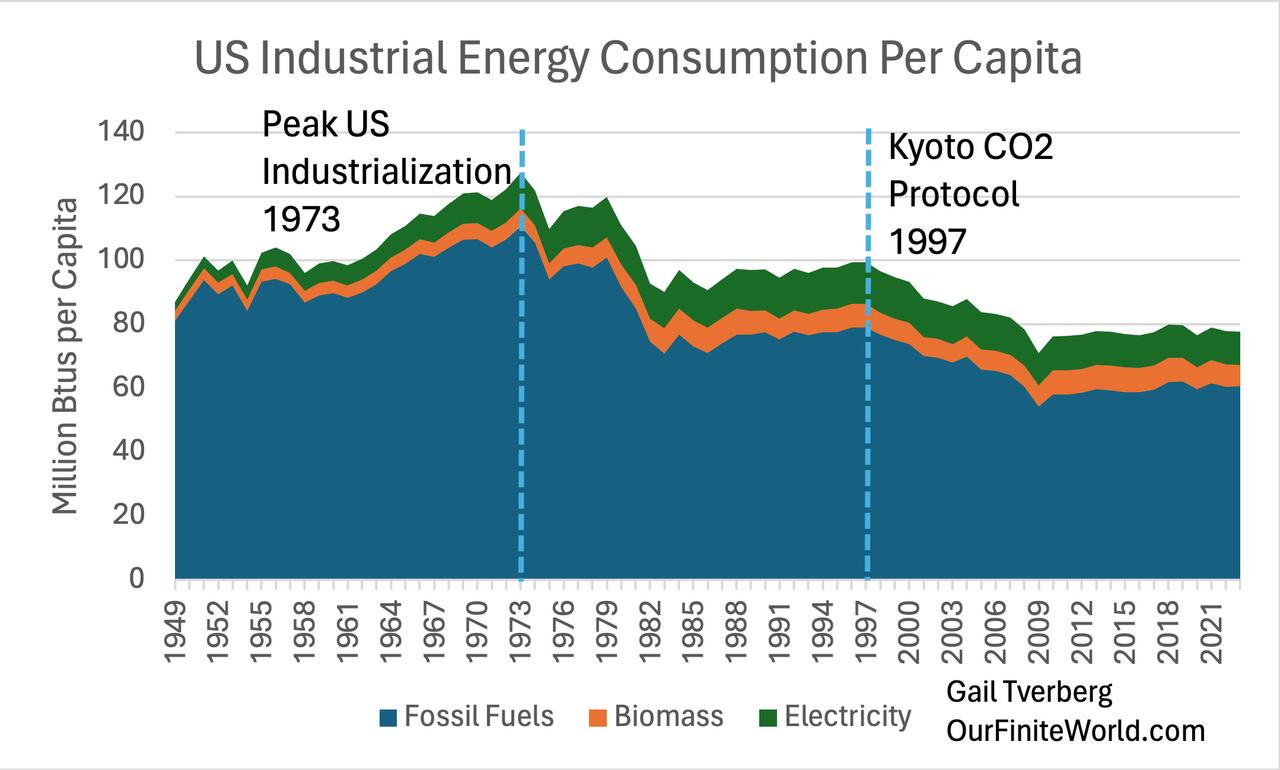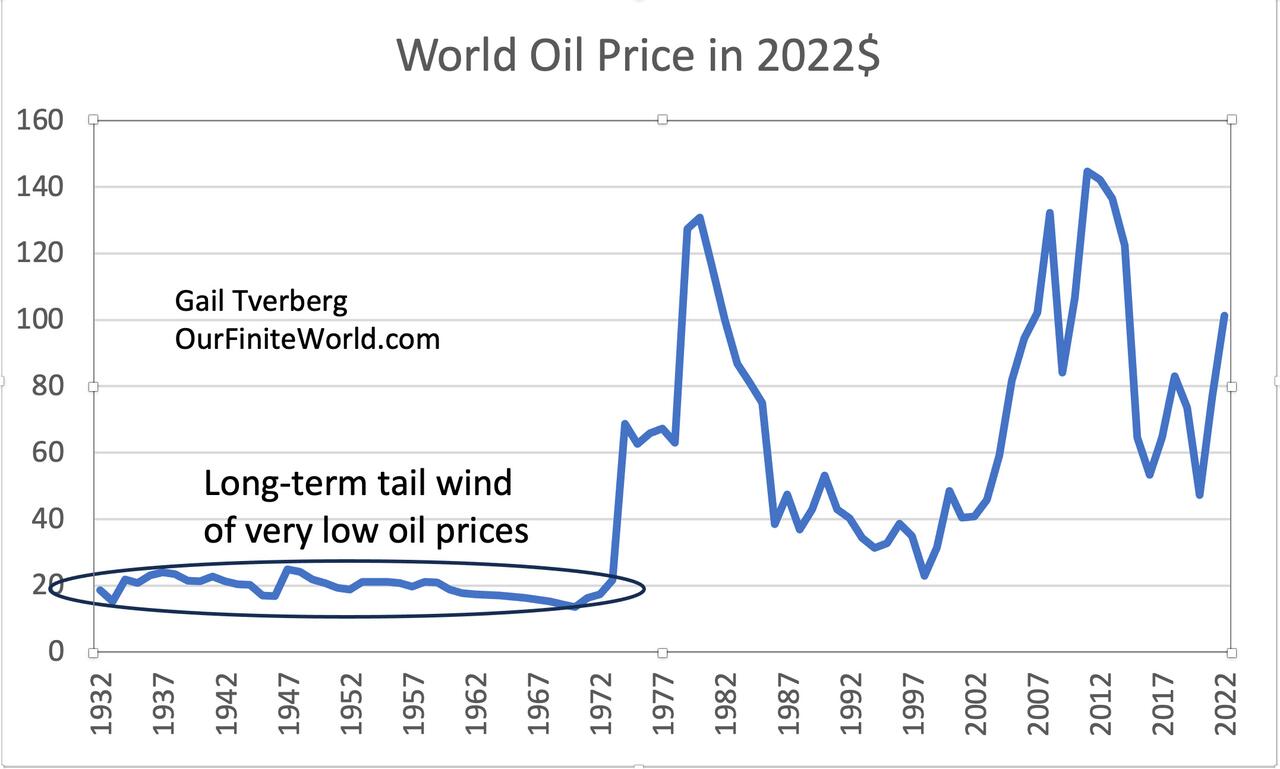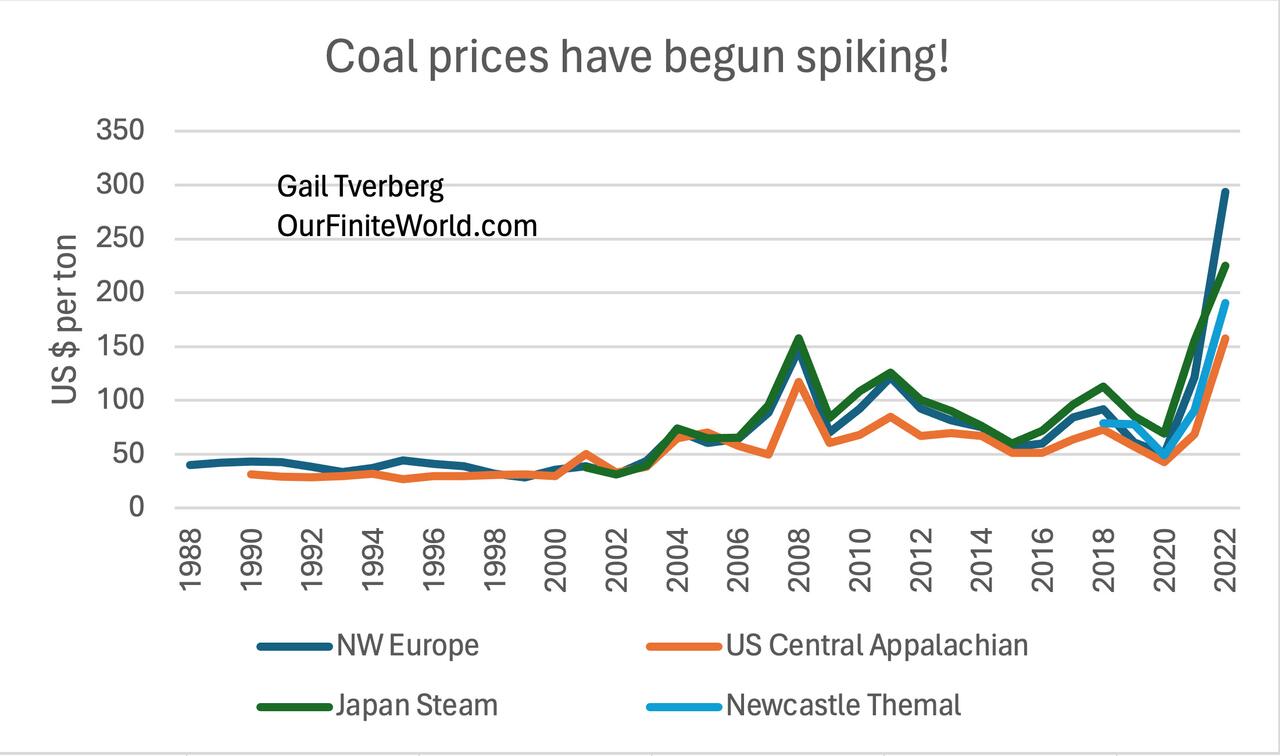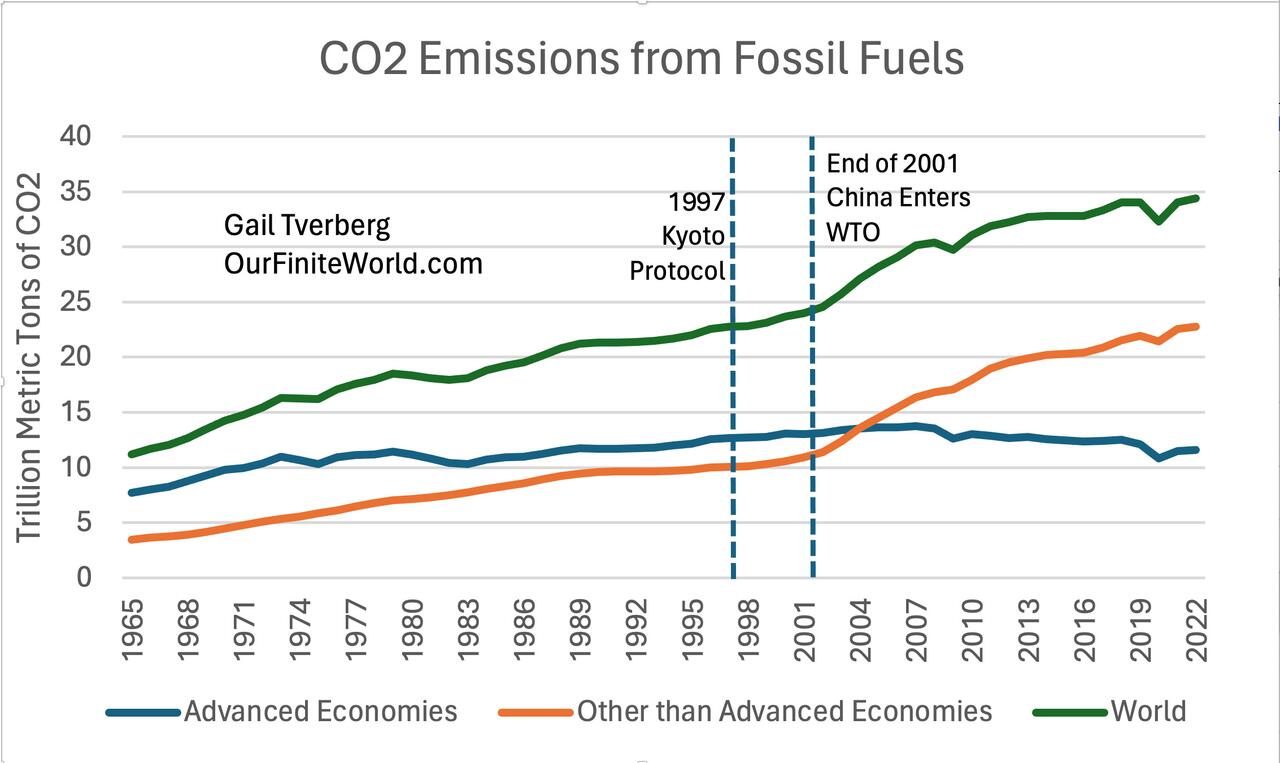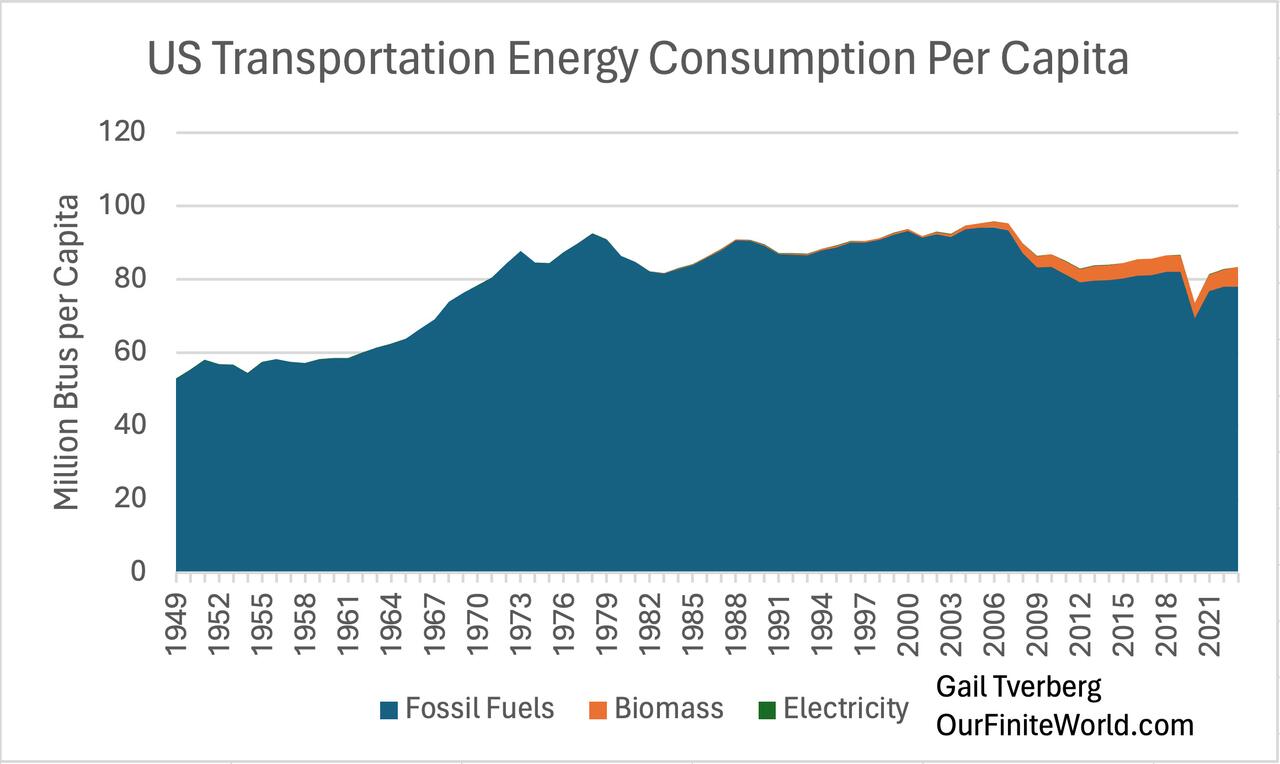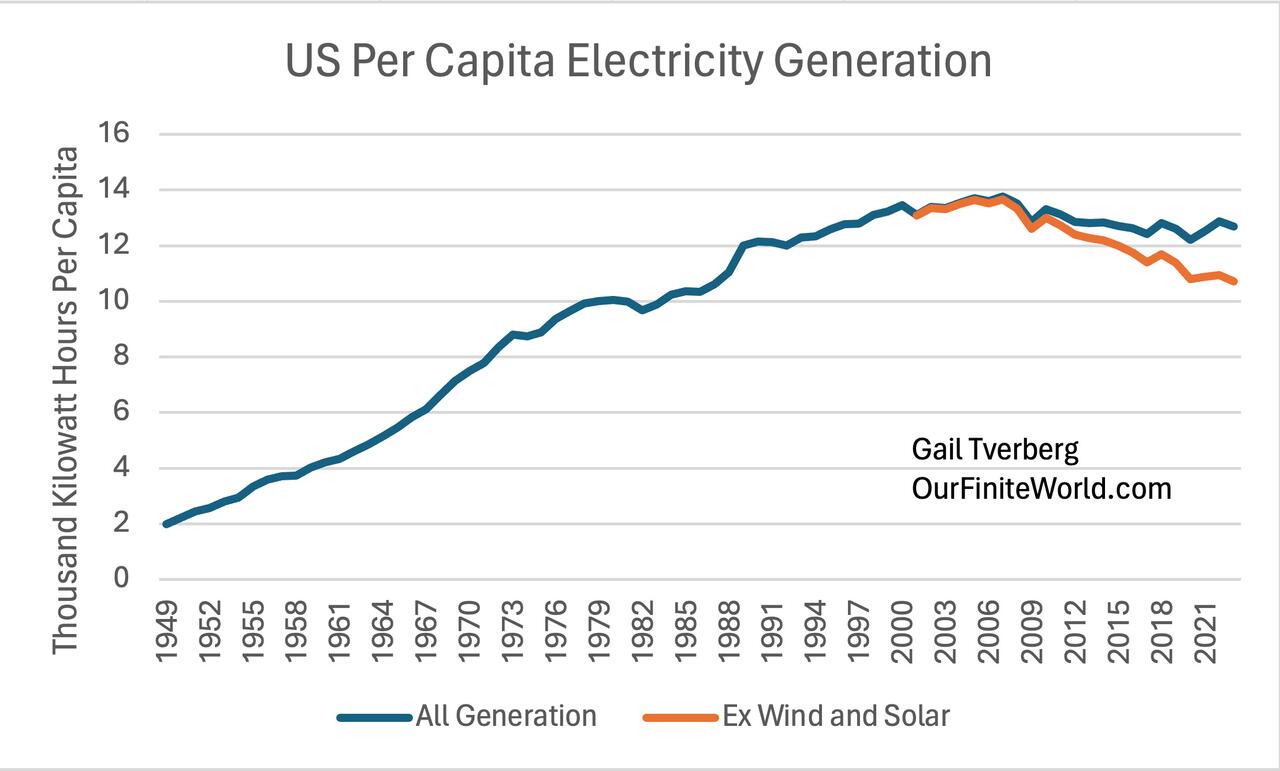An interesting philosophical article which can be resumed by: "Who are you going to believe? Me or your own eyes?
And in most case people indeed and especially since Covid choose to believe what they are being told.
Case in point, "The hottest May ever" in the UK under a cold pouring rain. Same in Japan, "Earliest 30C in Tokyo" yesterday although we're having a superb and amazingly cool Spring with temperatures often 5C to 10C below normal. But then again, who decides what normal is these days?
Previous generations used to know what reality was. They would go outside, see and experience the weather. Go to the countryside or live there, talk to farmers, see and enjoy animals, understand their needs and requirements. More generally understand that life is a complex balance between conflicting realities and necessities. They would argue with other people, confront ideas and slowly form their own.
Not anymore. Now, most people are hooked on screens most of the time. Their computers at home and at work. Their mobile phones everywhere else, monitoring and adapting to their needs. But more fundamentally "shaping" their opinions like never before by locking people in a "reality" bubble from which it is quasi impossible to escape.
Worse, most people crave this artificial and reassuring "reality" and more and more reject dissenting opinions and conflicting ideas. You just need to nudge them a little more everyday in the right direction and slowly you end up shaping public opinion like never before.
I find this very tragic but what do I know? Isn't it what an iconoclast dissident, a person we would have called a heretic not so long ago and who are now dismissed as conspiracy theorist, would say? And soon enough they switch off returning to their screens and reassuring artificial reality. A tragedy, certainly, but for whom? The lone non conforming individual asking forbidden questions, or the sheep walking swiftly towards the slaughterhouse reassured by the sheer numbers surrounding them?
Authored by Sinead Murphy via The Brownstone Institute,
The UK Meteorological Office has just reported that we have enjoyed the hottest May on record.

Meanwhile, those of us who have lived in the UK during May have endured unseasonal cold and rain, and have complained to one another constantly about it.
Welcome
to the age of abstraction, when lived experience is irrelevant and
theoretical constructions carry the day – when what is deemed right and
true is unmoored from what is actually happening here and now.
Over
four years ago, Covid lockdowns staged a dramatic confiscation of
present reality. The question is, did we ever get it back?
When
the UK government ordered its first lockdown at the end of March 2020,
the present reality was put on hold – businesses were shut, schools
closed, social activities banned, and human interactions restricted.
Chaos and suffering inevitably ensued. But in the midst of the misery, there arose a new possibility.
With
present reality in abeyance, we were freed of its reality check. And we
began to indulge in a new and joyous expectancy, of a wonderful future
to revive a glorious past.
‘We’ll meet again,’ Queen Elizabeth
assured us, reprising in her words and presence a fondly recalled
togetherness of the last world war and promising its restoration as if it had only just been paused –
as if the decades-long decimation of community and family and
individual had never happened, as if only a temporary order to Stay Home
stood between us and a lost world.
This new possibility
was tantalizing and quickly took hold of Middle England, the
BBC-believing bastion of British Values, bent ever more implausibly on
keeping calm and carrying on.
By 2020, this beleaguered
demographic had been all but spent from spotting certainties and
consolations on the horizon of Left and Right, to forestall a looming
vertigo at elite interests dashing its hopes from above and
state-reliant deplorables whose fate beckoned from below.
Middle England, front and centre of policy and institution, had long been demoralized by its present reality:
Consigned
to jobs made ever more bullshit by the erosion of ambition and
discipline; flip-flopping between debt and the dregs of old desires;
addled by precarity and the virtuosity that survives it; overseeing the
retreat of human sympathy everywhere and applying for relief to
anxiously awaited festivals that never failed to disappoint.
Lockdowns’ suspension of this reality was in itself a great boon.
But
greater still was what followed: unimpeded anticipation, of a happy
tomorrow to follow a happy yesterday, in which all we would do because
all we had done was Hug Granny and Play Whist and Toast Marshmallows and
Sing Carols.
This was not nostalgia. It was infinitely more potent.
In
nostalgia, the past is glorified as what is dead, as what is ‘vintage’
or ‘retro,’ as what can therefore only be remembered, however
wistfully.
In lockdown, the past was reanimated, suddenly reframed as what would be again once universal cocooning came to an end.
Lockdowns
relieved us of the one thing that had stood between us and fantastic
recollections of Digging For Victory and Winning At Cribbage: present
reality.
We were free now to regret the past, not
hopelessly as what was lost and gone, but hopefully as what had just
been put on hold and would soon resume once things got back to normal.
Yes,
we still went through the present realities of 2020 and 2021. We ate
food and washed clothes and logged on, and drank too much and fought too
hard and lost our sense of purpose. But suddenly, all of that was in
parentheses – not real at all, just for now.
Lockdowns achieved a
transfer of the reality-effect from an inglorious present, sodden with
disappointment, to a host of abstract ideas plundered from an invented
past and projected to an inflated future.
Over four years
on, we are no longer supported in our exemption from present reality by
government orders to Shelter In Place. Present reality is returned to
us, after a fashion.
It appears, however, that we do not want it back, that the lockdown mode continues to tantalize.
The
reluctance with which many have relinquished their facemask has surely
warned of this. As has the ongoing normalization of work-from-home.
But
there is another and more insidious aspect to our cleaving to
lockdowns’ suspension of present reality: our growing enthusiasm for
theoretical constructions for which present reality is irrelevant.
During
lockdowns, we plundered the almost-dead stock of yesteryear for content
for the new mode of fond expectancy – abstract ideas of Dunkirk Spirit
and Oh! What A Lovely War were hastily put abroad, adorned with Union
Jack bunting, mugs of builders’ tea, allotment lemonade, and royal
memorabilia.
But already before lockdowns ended, the stock of abstract ideas began updating.
The
widely disseminated death of George Floyd launched a Black Lives Matter
theme complete with its cartoon fist, and the rainbow of Gender was a
seamless segway from the I Heart NHS refrain that had played ad nauseam
for Covid.
As lockdowns receded, we were encouraged to extend our
exemption from present reality by a growing fund of available
abstractions: Climate, Health, Equity, Security, Safety, Identity…
These
abstractions come with ready-made, insertable symbols: Black Lives
Matter fists and Gender rainbows have been joined by Ukraine flags,
Greta hastags, syringe icons, and wildfire emojis.
We
trade these ideas as if they are old friends – unobjectionable,
universally liked. We pin their cutesy signals to our messages and our
lapels.
But these ideas are not our friends. They are quite the opposite. Because these ideas are not only theoretical, they are necessarily theoretical – by definition inapplicable to our lives and therefore indifferent to our flourishing.
The
idea of ‘Environment’ is no more relevant to the rubbish blowing around
our street than the idea of ‘Climate’ refers to the weather outside or
the idea of ‘Health’ is concerned about how we feel or the idea of
‘Gender’ maps onto our biology.
Nothing about these ideas touches
down in present reality. By trading them between ourselves – by posting
them and tweeting them and dropping them into our casual conversations –
we perform a contempt for present reality and a will to exempt
ourselves from it, perpetuating the effect of lockdowns long after the
lockdowns have ended.
Early Covid scepticism often argued
that they invented Covid so they could have lockdowns. In retrospect,
this was wrong. They invented lockdowns so they could have Covid. Not
the disease of course, which was a concoction. The idea. Or rather, the kind of idea.
Covid is not just an abstract idea. It is an essentially abstract
idea. It refers to something never heard of before – an asymptomatic
disease, a disease for which present reality is necessarily irrelevant.
The Vaccine, which followed fast upon Covid and with great eclat, is another essentially abstract idea. With no significant effect on either transmission or infection, it is among us only as scorn for lived experience.
But
Lockdown too is such an idea, describing a degree of distancing of
people from one another and of cessation of the activities of life that
could never be achieved in reality.
It is in this sense that
lockdowns have defined our societies, escorting us from a time when
present reality was relevant and required to be manipulated to a time
when present reality is irrelevant and can be vetoed at will.
Lockdowns
both launched an assault upon present reality by physically removing us
from it and piloted, through the impossible idea of Lockdown, the cycle
of abstraction that continues to transfer the reality effect from lived
experiences to theoretical constructions.
In the end
of it all, perhaps they invented lockdowns just to get Lockdown,
imposing abstention from present reality to kickstart abstraction from
present reality.
Of course, we still live out the realities
obscured by their abstractions – beneath the pristine idea of Lockdown,
there arose material conditions from which millions continue to suffer,
not to mention the physical devastation unfolding under the idea of the
Vaccine.
But somehow, all of that is in parentheses. The fallout
from lockdowns is revealed in public inquiries and injuries from
vaccines are reported in the media. Yet, it produces little effect – as
if none of reality is real, but only a series of aberrations.
Exemption from present reality, begun so theatrically by lockdowns, continues unabated. What
counts as vital circulates in the abstract, and lived experiences are
sidelined as mere happenstance, hardly worth our notice at all.
Foucault’s
most important insight is that you do not need to enslave people first
in order then to exploit them. There are ways of exploiting people that
also enslave them.
The disciplinary techniques of
industrial production, with their unerring distribution of people in
spaces and times, made people at once docile and useful.
In 1990,
Deleuze updated Foucault’s insight to explain that you do not need to
pacify people first in order to steal from them. There are ways of
pacifying people by stealing from them.
The debt-based consumerism of post-industrial societies at once made people complacent with gratification and transferred their wealth to elite corporations.
By
2020, we had moved beyond the paradigms of production and consumption,
even reproaching ourselves for overproducing and overconsuming.
By 2020, it was the age abstraction.
Lockdowns officially launched this new age in spectacular style. But quickly, lockdowns became unnecessary.
For, it emerged that you do not need to lock people away from present reality first in order to circulate unbelievable ideas.
If reality is sufficiently hostile and the ideas are sufficiently abstract, you can lock people away from present reality by the circulation of unbelievable ideas.
When
we shake our heads to one another about Climate, or submit to screening
for the good of our Health, or question our Identity, we exempt
ourselves from present reality as effectively as if we were under orders
to Stay Home.
And the powers that should not be can tell us anything they like, even that it’s sunny outside.

